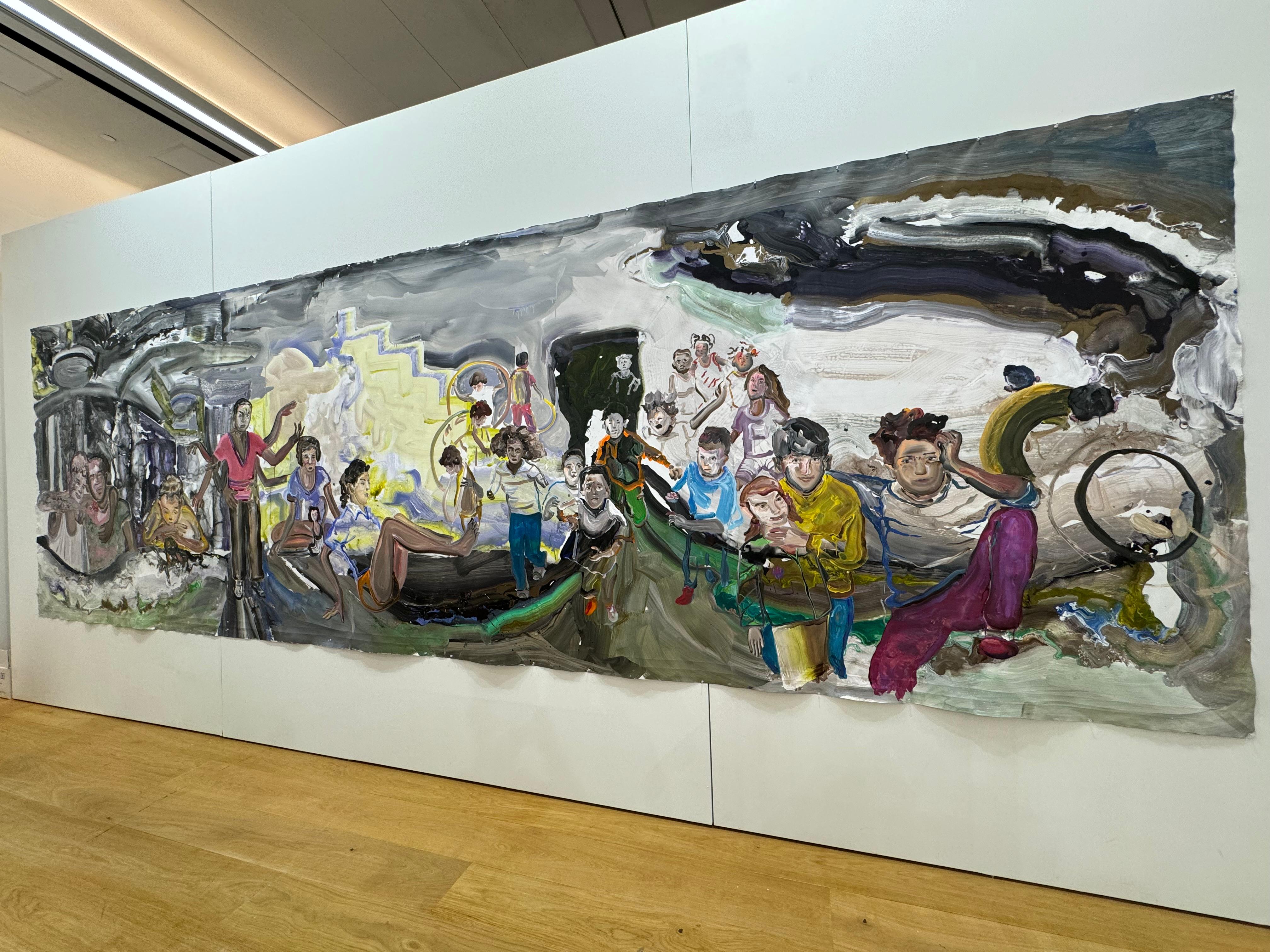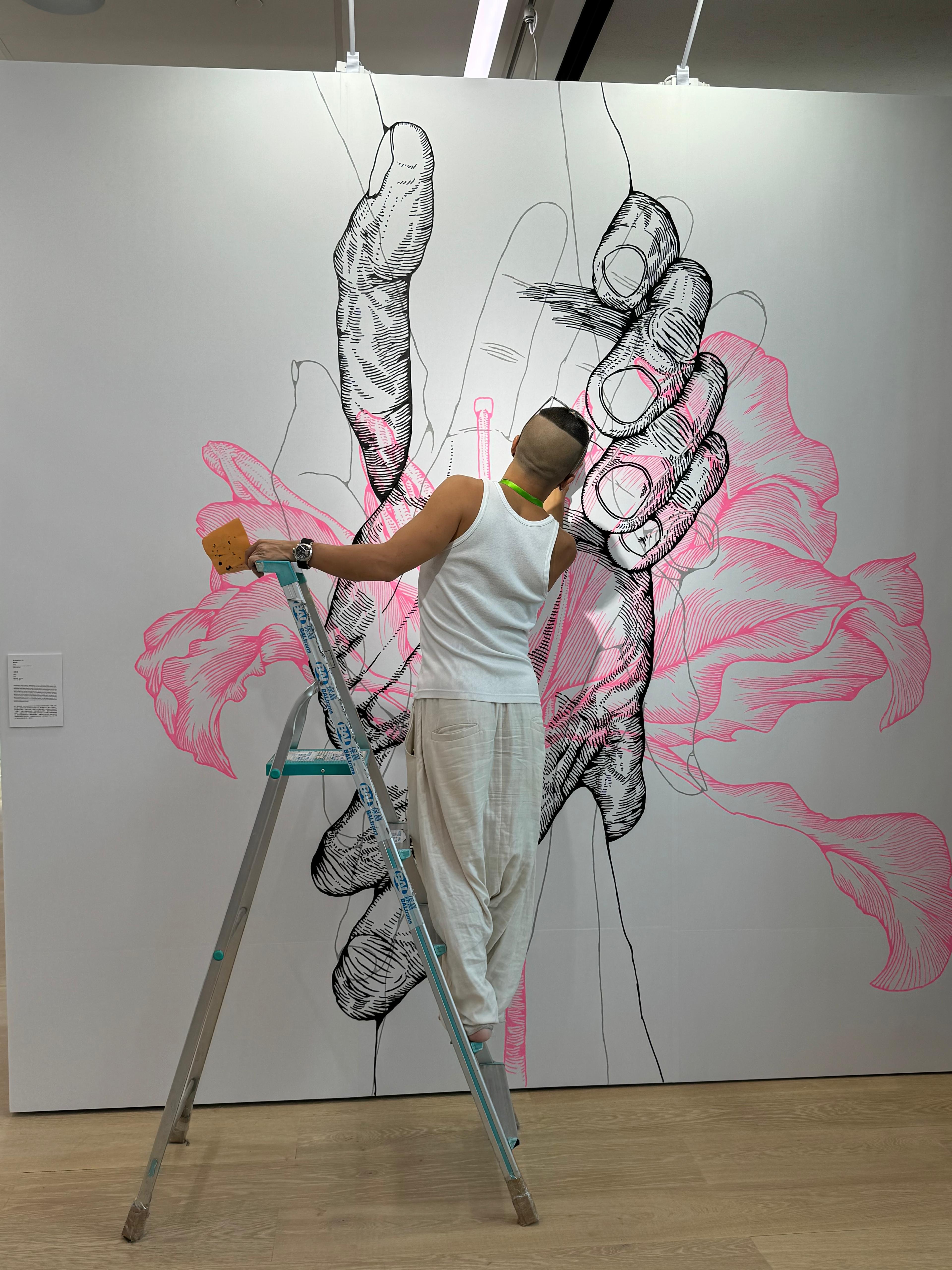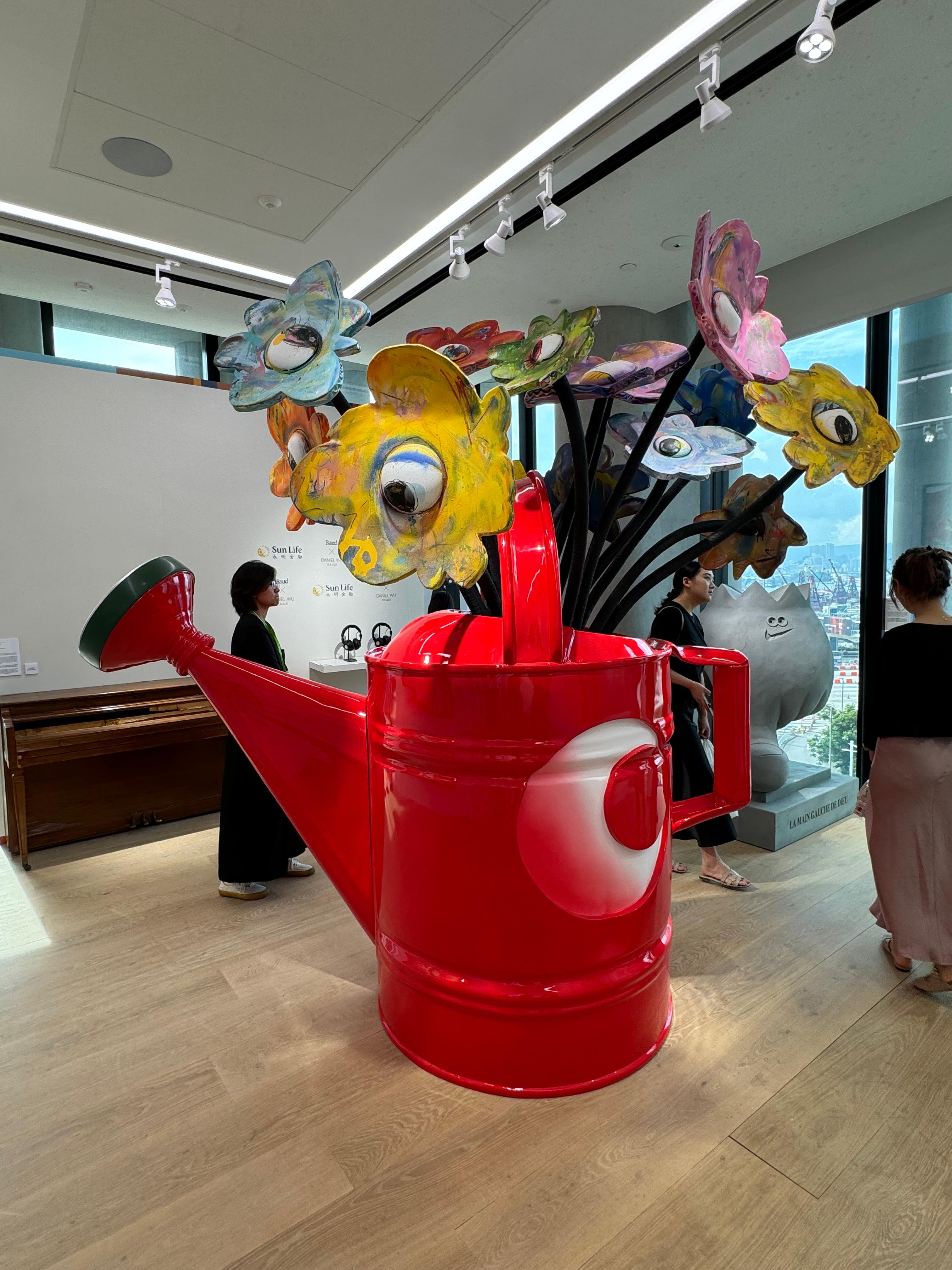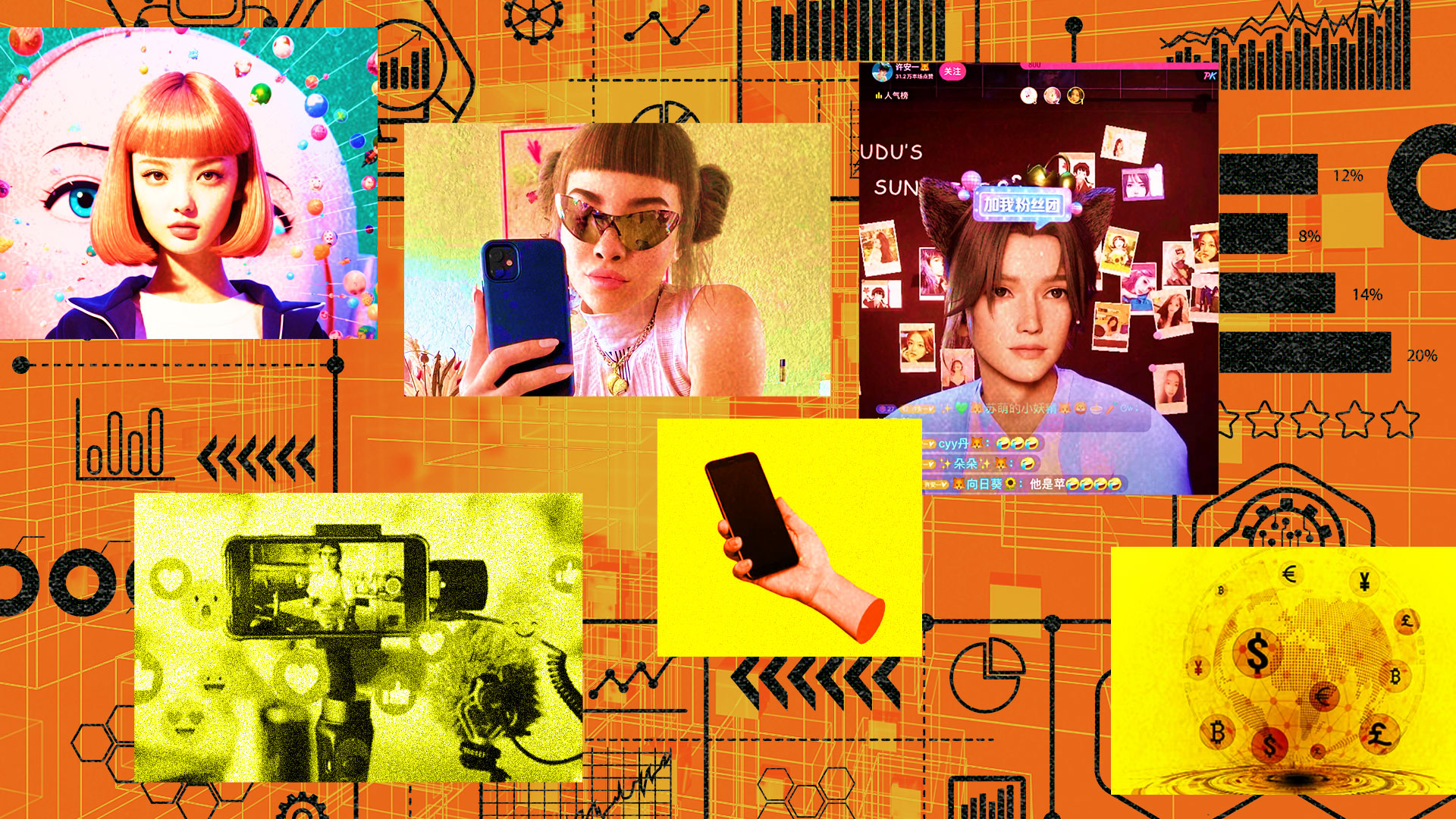Art021 Hong Kong brought new meaning to the city’s art fair scene, emphasizing cultural dialogue and the impact of diverse artistic expressions. The event concluded on September 8, drawing its curtains on its Sculpture and Greater Bay Area (GBA) Art Week.
The Galleries section at the Phillips Asia Headquarters in Hong Kong’s West Kowloon Cultural District, which ended earlier, on September 1, buzzed with activity, welcoming guests and collectors. Visitors, many of whom conversed in Mandarin, navigated the bustling space, accompanied by green-jacketed guides. The atmosphere was electric, with numerous galleries reporting strong sales and lively dialogue with collectors.
With over 30,000 visitors, including more than 7,000 on opening day, the fair signaled strong interest in contemporary art among the general public, as well as from VIP collectors. The event marked the first time Art021 was held in Hong Kong after 11 successful years in mainland China. The event received approximately 15 million HKD (around 2 million USD) in funding from the Hong Kong government’s Mega Arts and Cultural Events Fund, chaired by super-collector and tycoon Adrian Cheng — the maximum allocation for any application.


RADII talked to fair director Priscilla Kong about the highlights of the fair, future implications for enriching the local art scene, and positioning Hong Kong as a key player in the global art market.
Art021 showcased 82 galleries from 13 countries, with 50% of those hailing from the Chinese mainland. However, it is worth noting that only 31 had booths shown in Art021’s Galleries section, with the others presenting their artists in other, non-commercial sections of the fair.
Many of these galleries have already expanded their presence to Hong Kong, Singapore, and Macao, enriching the fair and strengthening cultural ties to these vibrant art markets. However, the predominance of familiar faces at the fair led to mixed reviews from local media and even some mainland visitors, who expressed disappointment that few of the featured galleries were new.
Amidst this, Kong explained that many galleries reported that their sales exceeded expectations, and that they had fostered engaging conversations with collectors and viewers from Hong Kong and beyond. However, Art021’s representatives did not disclose specific sales figures.
Kong added that the fair aimed to promote diverse perspectives by highlighting artists from the Global South, showcasing artworks from West Asia, Southeast Asia, and Africa. This initiative represents a commitment to facilitating dialogue between Hong Kong and a variety of cultural domains beyond the current art market landscape.
The fair director emphasized, “One of our visions is to develop Hong Kong into a cultural hub for the Global South by fostering discussions that encompass a variety of cultural perspectives.”
But how so?


Among the notable highlights of the fair was the non-commercial curatorial project “One Thousand and One Nights,” inspired by the famed collection of Middle Eastern folktales. This exhibition featured acclaimed artists from the Middle East and South Asia including Tala Madani and Pooya Aryanpour from Iran, as well as India’s Shilpa Gupta, fostering important dialogue among Global South art communities.
Additionally, the fair showcased major talents from Chinese modern and contemporary art, such as Wu Dayu, an early pioneer of Chinese abstract painting, and influential contemporary artists Xue Song and Yu Youhan.
According to Artnet, the majority of works on display at the fair were paintings, with prices ranging between 10,000 USD and 60,000 USD. Some galleries brought higher-priced works, including a large oil painting by He Duoling priced at 3.8 million RMB (537,000 USD) and Zhou Chunya’s acrylic on-paper painting, which quickly sold for 700,000 RMB (98,687 USD).



While prominent names like Yayoi Kusama, Edgar Plans, and Thai artist Kitty Narod drew attention, the fair also featured an intriguing blend of local and international talent that appealed to younger audiences.
With an average artwork price below 50,000 USD, some galleries focused on pieces that resonate with younger collectors. The Japanese artist group Three’s “Game Boy Pocket Display” series, on display at Whitestone Gallery’s booth, seemed aimed at the tastes of young collectors, who may have grown up with the gaming device.
Elsewhere, street artist Christopher Ko’s commissioned live art piece Bonds (2024) reflected Hong Kong’s spirit. The work portrays hands interwoven around the city’s iconic Bauhinia flower, symbolizing resilience and hope in the city’s evolution from fishing village to metropolis.
Works by Michael Lau, known as the Godfather of Designer Toys, were also prominently featured. Previously showcased at K11 Musea’s “Splendid Park” exhibition, his creations, including the Flower Series: Big Flower Pot (2022) and Just Done It Series: La Main Gauche De Dieu (2011) sculptures, offered playful interpretations of Vincent van Gogh’s iconic floral muses and Nike’s famous Just Do It motto.



Kong noted that the fair was also held at various cultural landmarks across Hong Kong — namely Victoria Park, the Fringe Club, and Asia Society, to enliven the city with artistic inspiration and engage diverse audiences. She added that Art021’s vision was to combine a fair with a biennale, creating a city-wide art week that celebrates creativity.
The fair’s presence in Victoria Park came in the form of a dedicated Sculpture section. It showcased striking public installations that encouraged interaction and contemplation, underscoring the importance of public art in fostering cultural dialogue and accessibility.
Among the standout works were Pace Gallery’s presentation of Robert Indiana’s iconic piece, LOVE (Red Outside Violet Inside, 1966-1999), which utilizes bold colors and language-based conceptualism to express the universal power of love.
Meanwhile, Joy Brown’s series of captivating sculptures like Animal with Rider (2012) invited viewers to engage with their playful forms. These pieces contributed to the park’s vibrant atmosphere, which was free for the public to visit.

The goal of GBA Art Week is to promote cooperation between the thriving Guangdong-Hong Kong-Macao Greater Bay Area art community and the Hong Kong art market. Organizers of Art021 have established strong relationships with institutions, galleries, and collectors in the region through their experience in planning art fairs in Shenzhen.
By collaborating with these galleries, Art021 has facilitated the invitation of VIPs to the fair, fostering introductions to the diverse exhibitions and programs available in the area. In the Greater Bay Area region, particularly in Shenzhen, there has been in a notable increase in art collecting and financial support for art and culture in recent years. Through Art021, the aim is to create a culturally-driven exchange between mainland Chinese and Hong Kong audiences, allowing each arts ecosystem to flourish.
Looking ahead, Art021 envisions itself as a catalyst for establishing closer ties with galleries, institutions, and collectors from the Global South — including West Asia, Southeast Asia, and Africa. With this initiative, the fair hopes to present more comprehensive content in the future, solidifying its role as a vital platform for cultural exchange and artistic dialogue.
“Hong Kong is a significant location for the art market; we hope to enhance its positioning as a cultural hub for the Global South by strengthening cultural discourse,” Kong concluded.

Banner image via Art021 Hong Kong.


















